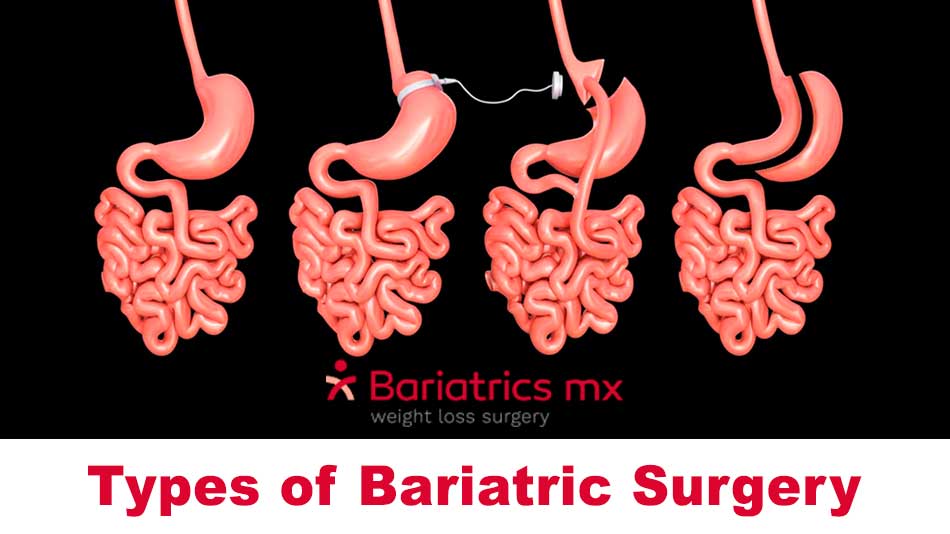You should talk to your doctor before you get bariatric surgery to find out what types of bariatric surgery are available. The most common type of bariatric surgery is gastric bypass surgery. Most individuals lose about 40% of excess weight by undergoing this procedure. So if you weigh 100 pounds currently, you could easily lose 40 to 50 pounds after undergoing a lap-band surgery. Bariatric surgery is normally slower than it is with most other forms of bariatric surgery, however.
Other people have long-term mastectomy to reduce their weight. With this procedure, the stomach is removed and the upper part of the small intestine is removed. The surgery will cause you to go hungry for a period of time. Long-term gastrectomy may need more than one procedure. You may need more than one surgery to reach your goals. Because of the slow rate of this surgery, it typically takes two to three years to reach your long-term weight-loss goals.
Another type of bariatric surgery is an open surgery, which involves making an incision in the abdomen. This method of surgery allows for more freedom for the food to come out of your body, but it does not eliminate the need for medication to control your digestive tract. With an open surgery, you will probably lose weight faster than if you had a lap-band or gastrectomy. The reason is you can lose weight without medications if the surgery goes well. In addition, with an open surgery, your surgeon can adjust the position of the band for better results. However, because this procedure involves an incision into your abdominal area, it can cause bleeding and scarring.
The last type of bariatric surgery, the laparoscopic type, is similar to an open surgery, except it is less invasive. This option has fewer risks than other surgical procedures, but it also comes with its own set of potential complications, including infection, blood clots, slippage and even death. Laparoscopic surgery requires making smaller incisions that are easier for doctors to repair if they are faced with a big problem. If you undergo a laparoscopic weight-loss surgery, there is a chance you could develop a hernia or herniation, both of which are serious health problems. Laparoscopic surgery also limits the ability to change the diet, which is a major side effect for most people who have this procedure.
Although laparoscopic surgery involves fewer risks than other types of bariatric surgery, there are still some risks. One of the main risks, or at least the potential risk, is an internal hemorrhage. This happens when a small amount of blood enters the abdominal cavity and leaks into it.
Another risk, which is not as common as an internal hemorrhage, involves the possibility of developing a hernia or a hole in the digestive system, which can be life-threatening. Gastric bypass surgery, a relatively new type of weight loss surgery, is meant to bypass the stomach and go straight to the small intestine where most of the nutrients and vitamins are absorbed into the body. Bypass surgery also allows the surgeon to create smaller incisions that are less visible to patients. Unfortunately, however, this type of surgery may be less effective than usual in reducing food intake and can lead to nutritional deficiencies if the nutrients are not absorbed properly.
One of the newest forms of bariatric surgery, the gastric sleeve, also allows patients to lose more weight, but without the same amount of pain. Surgical enthusiasts are impressed with this procedure, which is performed laparoscopically, because it creates a small pouch at the top of the stomach that has fewer calories and doesn’t require as much incision as a gastric bypass surgery. The gastric sleeve allows the surgeon to remove only part of the stomach, leaving the remaining stomach attached to the rest of the small intestine. Patients who have this procedure tend to see significant weight loss within just a few weeks. However, this loss of weight may be greater in people who are genetically predisposed to rapid weight loss or those who have certain medical conditions, such as gastroenteritis or inflammatory bowel disease.
Lap-band surgery, also sometimes called a second lap-band, is another recently introduced type of bariatric surgery procedure. This procedure utilizes the patient’s own body fat to help create a band, which helps keep the stomach area from expanding after eating. This type of procedure has become popular among people who have an unhealthy waistline, as well as those who suffer from severe reflux. For these people, the band helps to reduce their food intake and help to prevent reflux disease.






